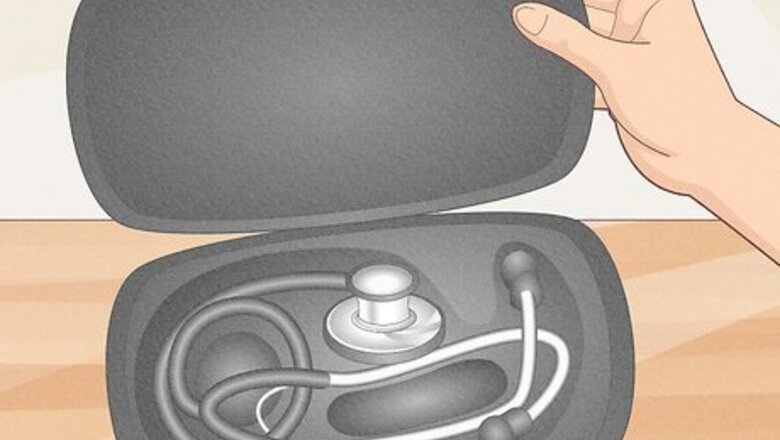
views
X
Research source
Thankfully, it only takes a few minutes to find a safe, sustainable resting place for your stethoscope while you’re not using it. Take a few minutes to clean your stethoscope on a regular basis to keep it working great!
Safe Storage Tips
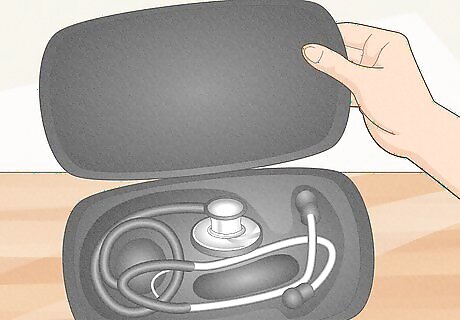
Keep your stethoscope in its original box for an easy option. Check around your work space and see if you still have the original packaging for your stethoscope. This box is specifically designed to hold your stethoscope, and will keep it safe while you’re not using it. The original stethoscope box won’t bend or stretch it out improperly. Don’t tightly fold the stethoscope and keep it in your pocket—ideally, store it in its natural position.
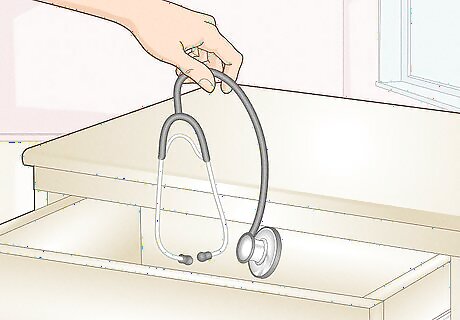
Place your loose stethoscope somewhere cool and dry. Your stethoscope needs a temperature-controlled area where it won’t be bent at a weird angle. Look for any empty, clean drawers or lockers in your workplace, or other temperature-controlled places where you can slip your stethoscope when you don’t need it. Leave your stethoscope in its natural position without folding or twisting it, if you can. For instance, place it in its natural position in a desk or cabinet drawer or in your locker. Keep your stethoscope out of direct sunlight, if you can. A lot of sunlight can damage the stethoscope over time.
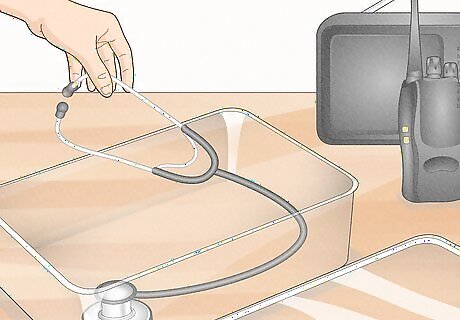
Store your stethoscope by itself without any heavy objects on or near it. Dedicate your storage space to your stethoscope and avoid storing any other pieces of heavy equipment nearby. Large, heavy objects may weigh down, crush, or damage your equipment. For safekeeping, assign a separate storage space for your stethoscope to make sure it’s safe.
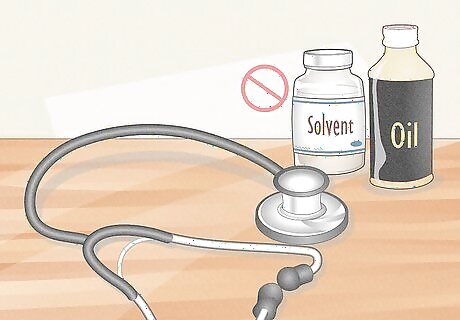
Keep oils and solvents away from your stethoscope to prevent damage. Stethoscopes and liquids don’t mix well. With this in mind, keep your stethoscope away from any oils or solvents, which can damage the tubing. Don’t carry your stethoscope around your neck, if possible—your neck can transfer a lot of oil onto your equipment over time. Instead, wear your stethoscope around a shirt or coat collar.
Easy Stethoscope Care and Cleaning
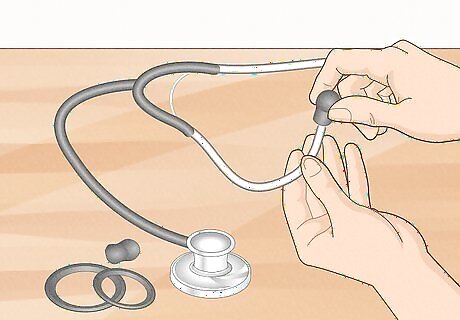
Remove any smaller pieces from your stethoscope. Grab and lift the tunable diaphragm off your stethoscope, or a round, circular piece at the bottom of your equipment. Then, pull off the soft ear tips along both sides of your stethoscope. To be safe, also pull off the non-chill bell sleeve, or the small ring that goes around the back of the stethoscope. For more specific instructions, check the manufacturer’s instructions that came with your exact stethoscope model.
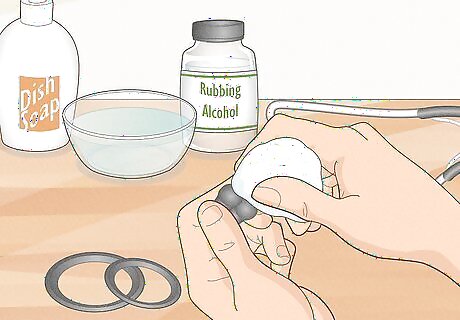
Clean these smaller parts with isopropyl alcohol or soapy water. Wipe down the tunable diaphragm, eartips, and non-chill bell sleeve with a clean cloth and some soapy water, or a 70% isopropyl alcohol solution. Lay these pieces out in a spot with lots of open air so they can dry off. Don’t reconnect any of these pieces until they’re totally dry. Air-dry them or dry them manually with a microfiber cloth.
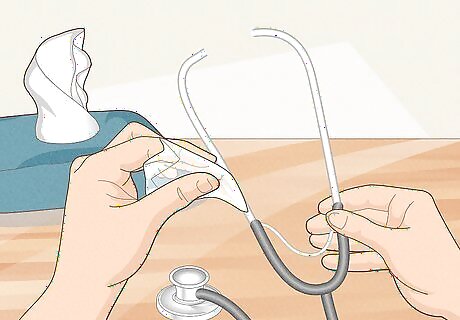
Wipe down the body of your stethoscope with alcohol and let it dry. Grab a fresh alcohol wipe and clean off the entire surface of your equipment. If you don’t have any wipes, grab a clean cloth and dip it in some soapy water instead. Lay your stethoscope on a flat surface before storing it, so it can dry off completely before you reassemble and store it. The alcohol also sanitizes your stethoscope. Don’t use an autoclave or steam cleaning system to sterilize your stethoscope, or you might damage it.
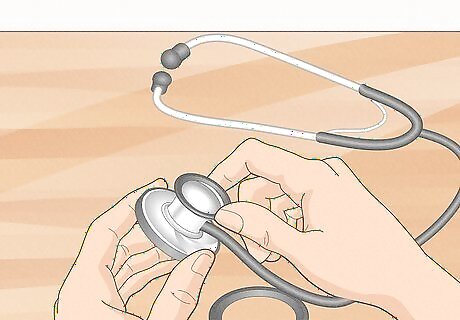
Reattach the smaller pieces to the stethoscope and store it safely. Place the tunable diaphragm back on the chest piece of your stethoscope and roll it into place. Slide and snap the ear tips along both sides of your stethoscope, and stretch the on-chill bell sleeve back into its original position. At this point, you can use or store your newly cleaned stethoscope!




















Comments
0 comment